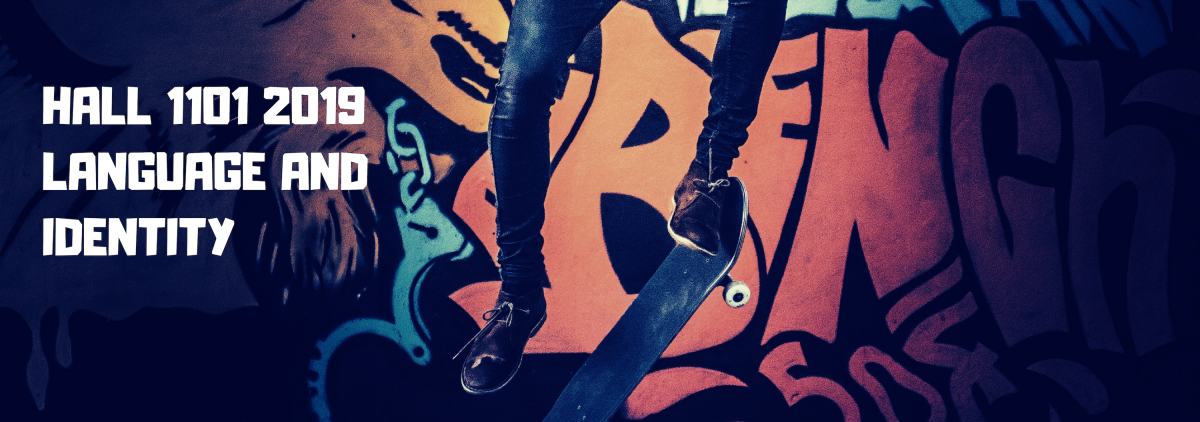The primary goals set on public schools is to grant children a fair and fulfilling head start in life, with a clear path to a career. At least that’s the initial goal, but as innovation grew, the need for workers and consumers came with, so schools became the perfect environment to nurture such gullible and manipulable groups. Having been through the whole spectrum of education, from the problem students to the honor classes, the path set by schools is not as advertised, and a proper education through these methods takes unique and almost disparaging techniques.
Education is suppose to be a slow and personal growth experience, and teachers are meant to make sure each and every student grows in their own ways. However, the current school environment is such a competitive field, with long hours of throwing information into students without proper care on whether it stuck, and so little time to retain this information. Students are expected to sacrifice their already limited time outside of classes, to accomplish what hours of classes should have done. In John Taylor Gatto’s article “Against school”, he raises the argument that “schools are meant to tag the unfit – with poor grades, remedial placement, and other punishments”. Those lucky enough to grasp concept fast enough were allowed to pass, while the rest were ostracized, labeled as a grade and nothing more. The need to pass over learning took over most, as most took to questionable methods of passing, from last second memorizing, to in most cases I’ve seen, some form of cheating.
For a student to fully understand new ideas, according to Robert leamnson’s article “Learning”, the key to true education comes from a balance of both understanding and memorization. However, schools set a much different requirement for all teachers, grading classes based on test scores instead of overall understanding. This practice may make it easy to grade several papers, but all it shows is a student’s abilities to memorize information then proceed to regurgitate it all onto standardized tests. In high school, teachers were occasionally observed during class times, to give overall grades based on teaching methods and average class grades. The teachers of course knew when these visits would occur and would set up before hand. On one of those days, an English teacher of mine was chosen, the ‘approved’ method he prepared for that day was such a drastic change from his usual classes. Usually, a topic was chosen for the class, normally from assigned article or novel for the class, then the class period would be used to discus this single topic in details, while the teacher would push for critical ideas and counter arguments, allowing the class to not only explore concepts at their own pace, but to use critical thinking in key arguments and proposals. This class period however, was completely driven by the teacher, the topic was chosen by the teacher as usual, but instead of breaking off into talking points, we were almost orchestrated by the teacher, thought by thought, as if our thoughts on one flew over the cuckoo’s nest was all in the same. The class went from a vivid discussion on different views, to simple agree/disagree discourse.
Gatto states that one of the actual basic functions of schools is to create conformity, “because its intention is to make children as alike as possible. People who conform are predictable, and this is of great use to harness and manipulate a large labor force”. If you don’t solve a problem the way you were taught, regardless if you achieved the answer through your way, then you fail. This was a concept rooted into our brain, and although it seems necessary at younger ages to fully grasp simple concepts, it becomes redundant further on where free thinking and individual growth and understanding should prosper. When a math problem was taught in a way that wasn’t clear or too complicated to understand, I would take time to figure out patterns in the problem, see how the outcome is created, and use the understanding plus my own thought process to make an easier and clear way to solve a problem. However, in most cases, the problems are made with predetermined methods of solution, where knowing the answer is only half the problem, memorizing the steps to take it is the main goal. This method of teaching leads to an inefficient method of learning, instead of a custom and critical method of education, students are taught to think uniformly, cutting out free thought, while those attempting to think critically were told their methods were inefficient.
Learning is a time consuming process, that requires unique methods of understanding to each person. Public schools have systematically made this process into a filtration system that, as Gatto stated, “…produce mediocre intellects, to hamstring the inner life, to deny students appreciable leadership skills, and to ensure docile and incomplete citizens, all in order to render the populace ‘manageable’ “. In my 12 years of school, learning and passing were two completely different concepts, and the time needed to learn was jammed with cramming and white noise knowledge. To pass was to put myself through unnecessary anxiety, leading to habits that still haunt me through my college years. To learn was to take what precious time outside of school there was to break down the vast information given into a fine and simple concept. With no change to the current system, an increase in school time, and an increase in the want for standardized testing, this method of learning will start to become an unreachable goal set aside for more competitive and uniform learning systems.



